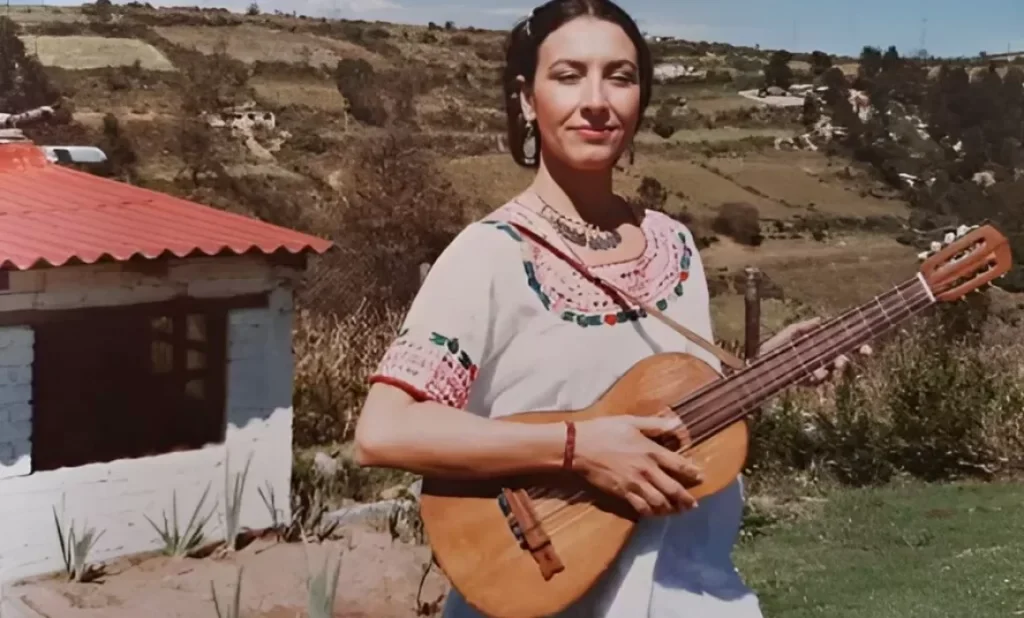
This Saturday, 23 August, is UNESCO’s International Day for the Remembrance of the Slave Trade and its Abolition, which seeks to “inscribe the tragedy of the slave trade in the memory of all peoples”. The date coincides with the 1791 uprising in Saint Domingue, today the Republic of Haiti, that so heavily impacted the abolition of the transatlantic slave trade. In regions like the Caribbean, northern South America, and Brazil, music and culture have been deeply shaped by the historical conditions of African slavery and fusion and syncretization that arose from European colonialism. Today, the Afro-Latin musical roots of genres such as salsa, Cuban son, Brazilian samba and bossa nova, Dominican merengue, and Panamanian and Puerto Rican reggaetón, among many others, continue to echo the enduring legacy of slavery in the Americas.
To observe the International Day, read the entry on slavery in Ilan Stavans’s Latin music: Musicians, genres, and themes, which traces the abhorrent practice globally, with a detailed section on the Haitian Revolution, the first and only successful slave rebellion to dismantle the plantation system and achieve political independence. The rebellion reverberated across the New World and sparked a wave of newfound consciousness and hope among Black populations throughout the Americas, while simultaneously triggering reactionary and often violent responses from European and criollo planters and other ruling elites.


Latin music: Musicians, genres, and themes provides an in-depth exploration of the rich and diverse world of Latin American music, examining its history, cultural significance, and the wide range of genres it encompasses. Spanning five centuries and 25 countries, the encyclopedia, covers the evolution of Latin music from its roots in Indigenous, African, and European traditions to its contemporary global influence. It offers detailed profiles of influential musicians, including iconic figures such as Tito Puente, Celia Cruz, Placido Domingo, and Carlos Santana, shedding light on their contributions to the development of Latin music and their lasting legacies. The two volumes delve into key genres like salsa, merengue, bachata, tango, and reggaetón, discussing their origins, stylistic characteristics, and cultural impact across different Latin American countries and communities. In addition to genre exploration, Latin music touches on broader themes of identity, migration, and the ways in which Latin music has become a vehicle for social and political expression. The encyclopedia’s 244 entries also include sociopolitical factors that have shaped Latin American music’s growth and dissemination. This is a key resource for music researchers looking to understand the musical traditions, key figures, and cultural contexts that have defined music in Latin America and its enduring global appeal.
Find the entry on slavery written by Ruthie Meadows in Latin music: Musicians, genres, and themes located in RILM Music Encyclopedias.
The first image is of Sexteto Habanero (circa 1925), an early Cuban son band from Havana, Cuba.
Related Bibliolore posts:
https://bibliolore.org/2021/10/04/cubas-tonadas-trinitarias/
https://bibliolore.org/2019/01/07/the-tigueras-of-merengue-tipico/









